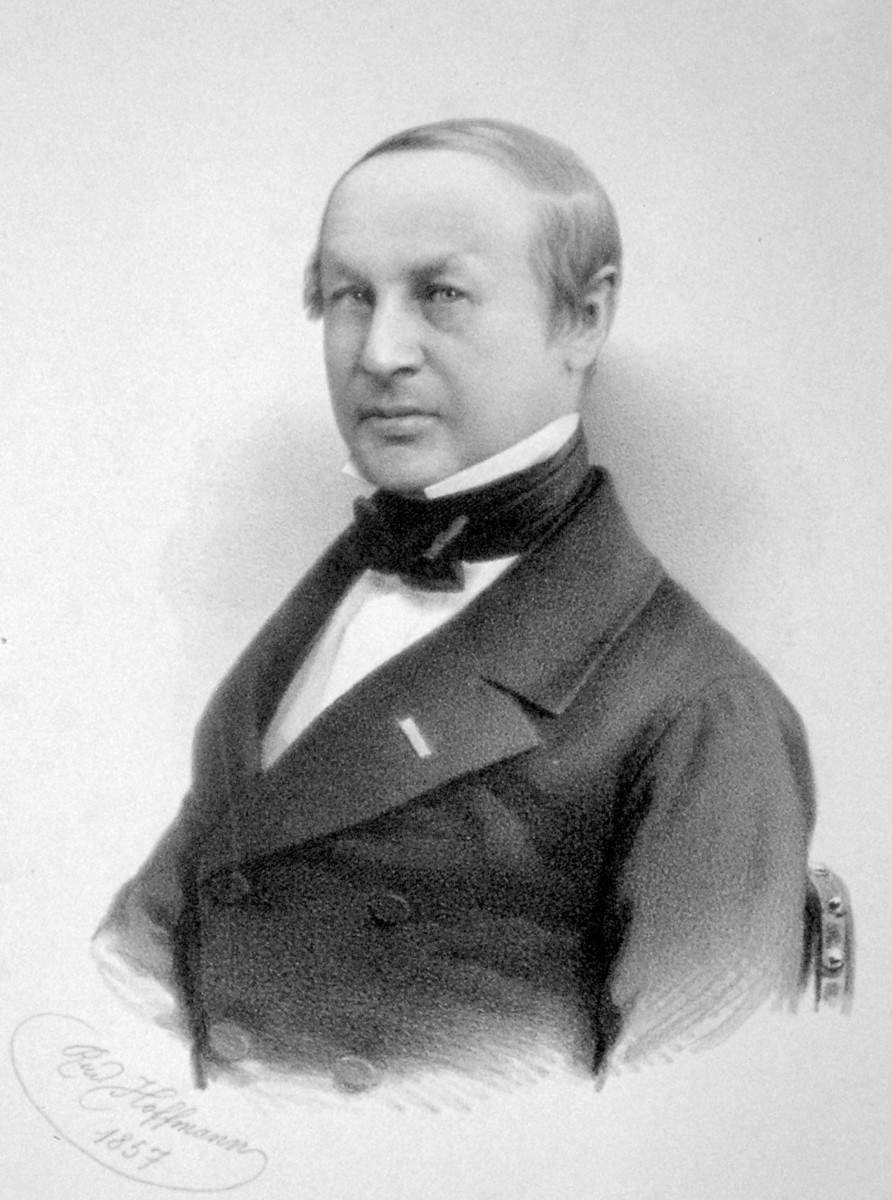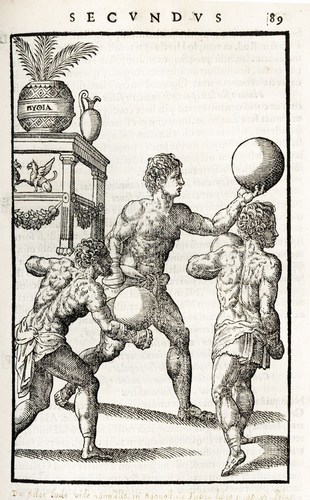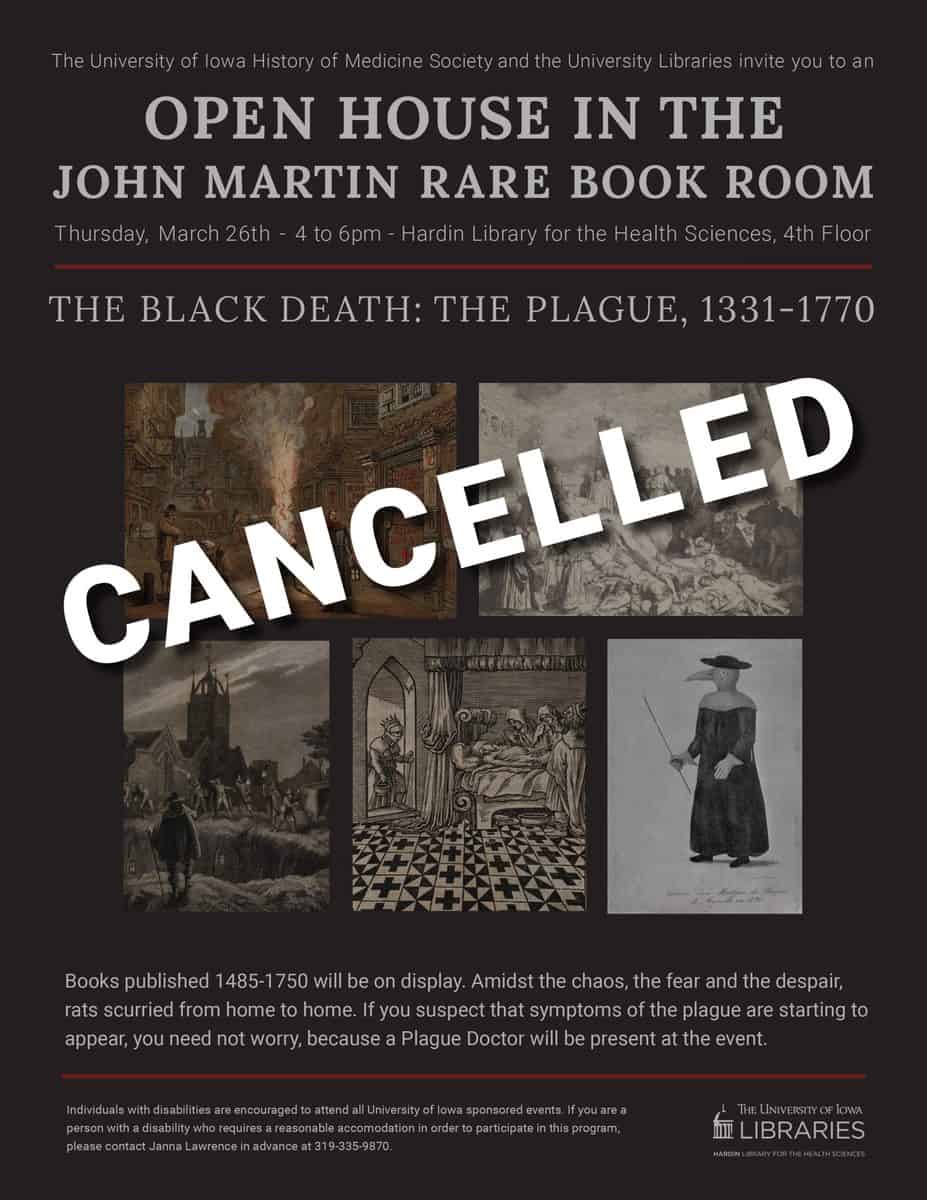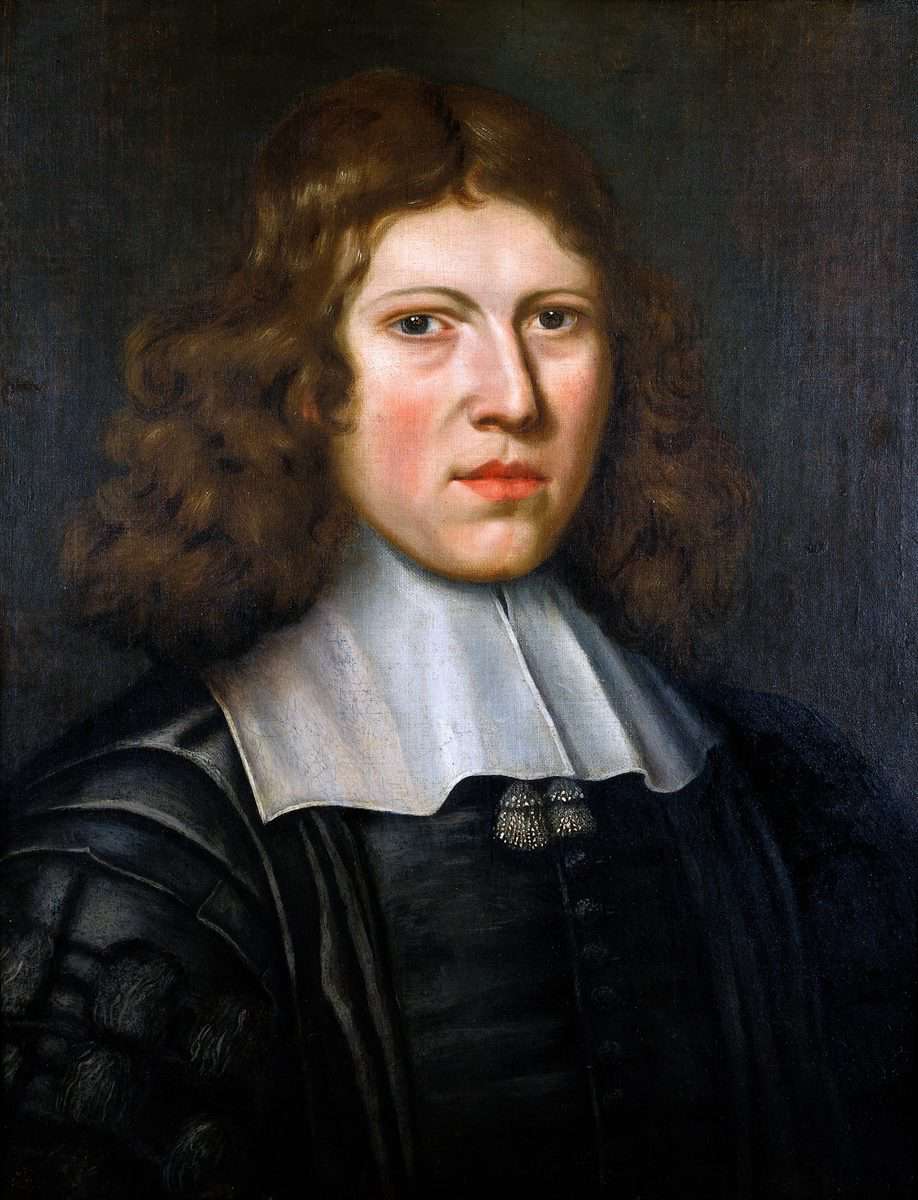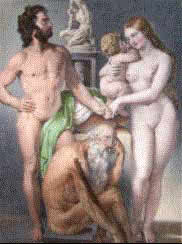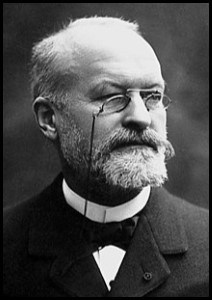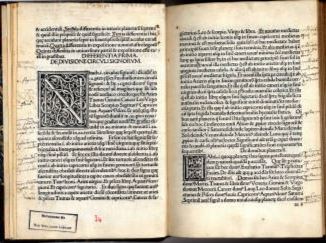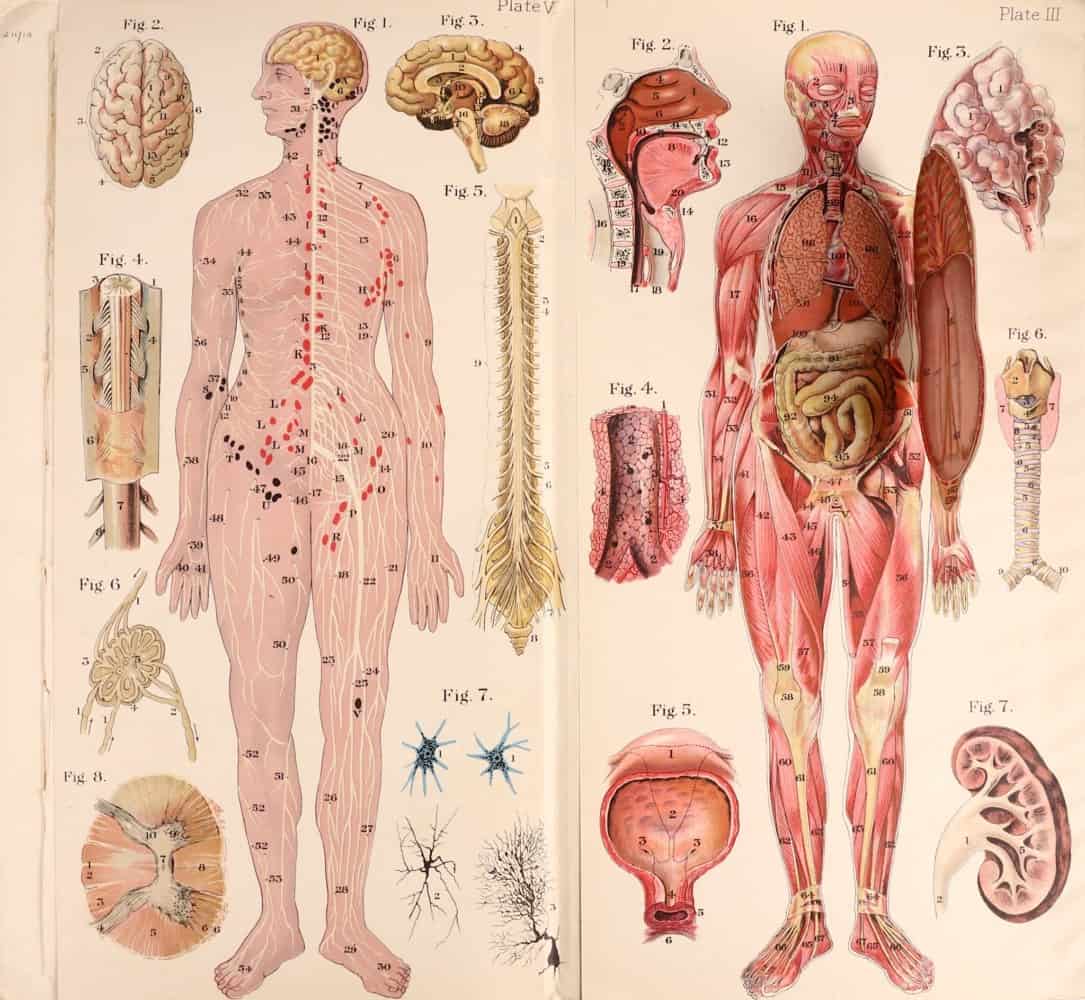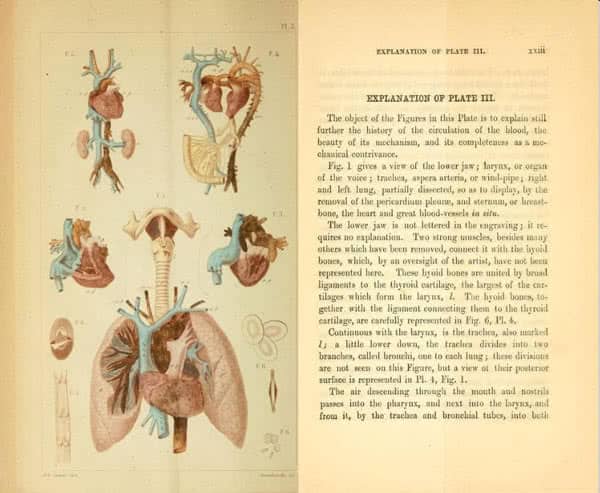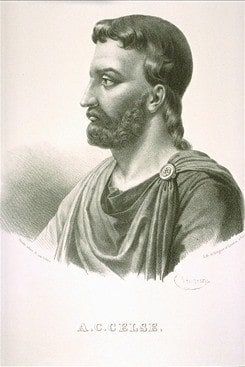THEODOR SCHWANN (1810-1882). Mikroskopische Untersuchungen über die Uebereinstimmung in der Struktur und dem Wachsthum der Thiere und Pflanzen. [Microscopical researches into the accordance in the structure and growth of animals and plants] Printed by Georg Reimer in Berlin in 1839. First edition. 270 pages. 21 cm tall. Schwann was an energetic and talented researcher, inventor,Continue reading “New Book: Theodor Schwann, Mikroskopische…, 1839 | John Martin Rare Book Room @Hardin Library”
Tag Archives: history of medicine
Girolamo Mercuriale | Art of Gymnastics | April 2020 Notes from the John Martin Rare Book Room @Hardin Library
GIROLAMO MERCURIALE (1530-1606) De arte gymnastica libri sex. Apud Juntas 1587 3rd ed. 3, 308 [27] pp. illus. 23.6 cm .[The Art of Gymnastics, volume six in Latin]. Mercuriale, professor of medicine at Bologna and Pisa, is best know for this masterwork, first published in 1569. De arte gymnastica was the first complete text onContinue reading “Girolamo Mercuriale | Art of Gymnastics | April 2020 Notes from the John Martin Rare Book Room @Hardin Library”
CANCELLED |2020 Open House | John Martin Rare Book Room @Hardin Library | Black Plague | March 26
The 2020 John Martin Rare Book Room Open House has been cancelled. This event will not be rescheduled. Please see our online exhibit: The Black Death: The Plague, 1331-1770
Lower Pioneer of Experimental Physiology | December 2019 Notes from The John Martin Rare Book Room @Hardin Library
RICHARD LOWER (1631-1691). Tractatus de corde. Amsterdam: Apud Danielem Elzevirium, 1669. [16] 232 pp Richard Lower was one of the foremost English physiologists of the seventeenth century. Soon after receiving his M.D. degree in 1665, Lower relocated to London. He quickly acquired a large practice, was elected a Fellow of the Royal Society and later aContinue reading “Lower Pioneer of Experimental Physiology | December 2019 Notes from The John Martin Rare Book Room @Hardin Library”
History of Medicine Society Presentations and Events | September 2019-April 2020
University of Iowa History of Medicine Society Presentations and Events 2019-2020 All events open to the public. Thursday, September 26, 5:30-6:30pm, 2117 MERF Harold Adams, Professor, Neurology, University of Iowa Stroke and the American Presidency Thursday, October 24, 5:30-6:30pm, Kelch Conference Room, CBRB Leslie Schwalm, Profssor, History; Chair, Gender, Women’s & Sexuality Studies, University ofContinue reading “History of Medicine Society Presentations and Events | September 2019-April 2020”
Malaria Discovered by Laveran | April 2019 Notes from the John Martin Rare Book Room @Hardin Library
CHARLES LOUIS ALPHONSE LAVERAN (1845-1922). Traité du paludisme. Paris: Masson, 1898. After graduating from the University of Strasbourg in 1867, Laveran became an army physician like his well-known father. While stationed at Constantine in Algeria, he discovered the malaria parasite which he named Oscillatia malariae. One of the great discoveries of modern medicine, it was announcedContinue reading “Malaria Discovered by Laveran | April 2019 Notes from the John Martin Rare Book Room @Hardin Library”
Judicial Astrology | Al-Qabisi | February 2019 Notes from the John Martin Rare Book Room @Hardin Library
ABD AL-ʻAZĪZ IBN ʻUTHMĀN (fl. 950 – d. 967) AND Danck, Joannes fl. 1331. Libellus ysagogicus Abdilazi, id est servi gloriosi Dei… 1485 Abu al-Saqr Abd al-Aziz Ibn Uthman Ibn Ali al-Qabisi l-Mawsili al-Hashimi, generally known as Al-Qabisi, (Latinised as Alchabitius or Alcabitius), and sometimes known as Alchabiz, Abdelazys, Abdilaziz ‘Abd al-Azîz, عبدالعزيز القبيصي) was anContinue reading “Judicial Astrology | Al-Qabisi | February 2019 Notes from the John Martin Rare Book Room @Hardin Library”
Moveable Medicine | John Martin Rare Book Room @Hardin Library | Annual Open House | Thursday, March 28, 4-7pm
Moveable Medicine : A look at flap books from the John Martin Rare Book Room collection Thursday, March 28th 4-7 pm John Martin Rare Book Room 4th floor of the Hardin Library for the Health Sciences Join us to learn the history and importance of flap books throughout medical history. Discover the doctors, authors, andContinue reading “Moveable Medicine | John Martin Rare Book Room @Hardin Library | Annual Open House | Thursday, March 28, 4-7pm”
Robert Knox | Man, his structure and physiology | March 2019 Notes from the John Martin Rare Book Room @Hardin Library
ROBERT KNOX (1791-1862). Man, his structure and physiology : popularly explained and demonstrated. 2nd ed. London ; New York: H. Bailliere, 1858. This popular introduction to anatomy and physiology was written by the noted – if somewhat infamous – Edinburgh anatomist Robert Knox. Knox believed that a knowledge of human structure and physiology was vital, forming theContinue reading “Robert Knox | Man, his structure and physiology | March 2019 Notes from the John Martin Rare Book Room @Hardin Library”
Aulus Cornelius Celsus, De Medicina | January 2019 Notes from the John Martin Rare Book Room @Hardin Library
AULUS CORNELIUS CELSUS (25 B.C.-50 A.D.). De medicina. Venice: Philippus Pincius, for Benedictus Fontana, 1497. Aulus Cornelius Celsus was a Roman encyclopaedist, known for his extant medical work, De Medicina, which is believed to be the only surviving section of a much larger encyclopedia. The De Medicina is the oldest medical document after the HippocraticContinue reading “Aulus Cornelius Celsus, De Medicina | January 2019 Notes from the John Martin Rare Book Room @Hardin Library”
